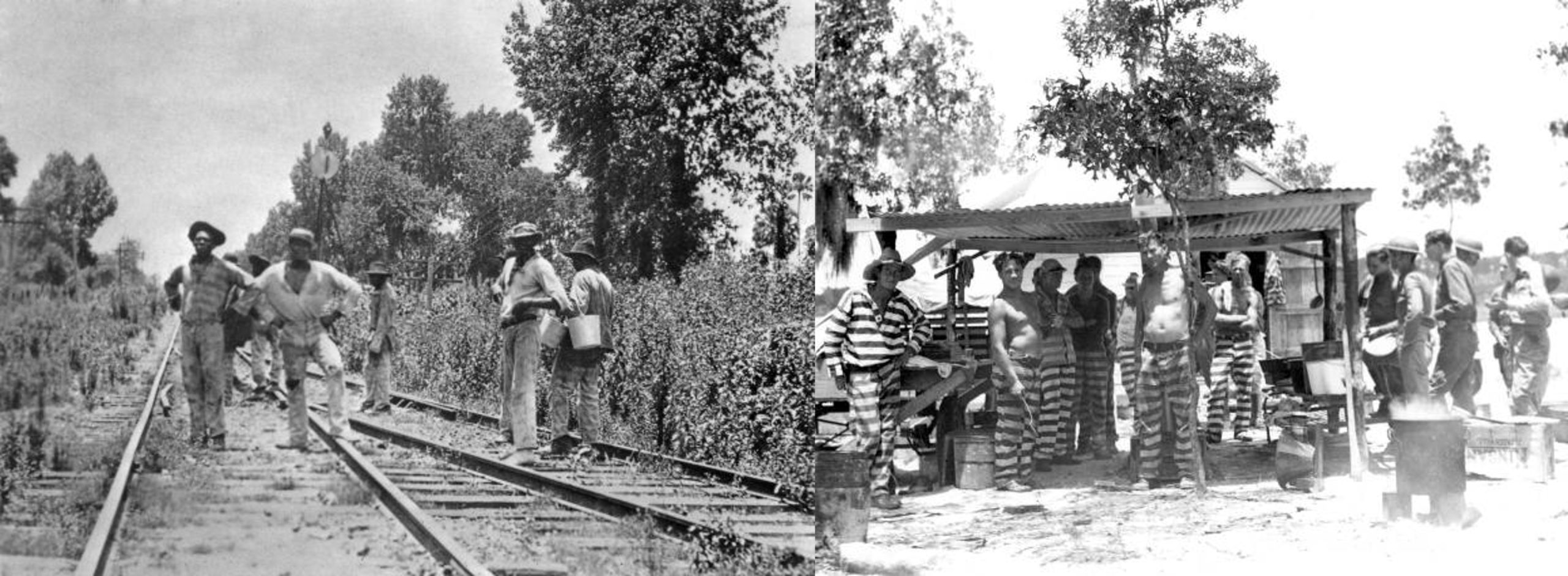Due to pressure from public opinion and labor unions, most Southern states terminated convict leasing in the early 1900s. But in 1911, then-Governor Albert W. Gilchrist vetoed a bill that would have phased out convict leasing in Florida.
The decision to maintain convict leasing exacerbated inequities deeply rooted in Florida’s criminal justice and economic systems. Incarcerated individuals continued to be under the jurisdiction of private corporations. As a result, the state was able to circumvent many of the constitutional rights of the incarcerated. Further, convict leasing heavily subsidized Florida’s emergent economy and infrastructure by exploiting free labor of mostly Black Floridians. For example, local authorities had an agreement with Putnam Plumber Company to provide them with people who had been arrested and convicted in exchange for financial kickbacks. Railroad and oil magnate Henry Flagler pioneered much of the state’s modern infrastructure, such as railroads, hotels, steamships, and even cities using the brutal, cheap labor system of convict leasing. Meanwhile, the revenue collected by Florida from convict leasing went to begin to build infrastructure of the burgeoning state.
Louisiana ended convict leasing in 1901, while Georgia and Texas stopped the practice in 1907 and 1911, respectively. In Florida, convict leasing did not legally end until 1923. Many factors influenced the Florida Legislature’s decision, including that most of the neighboring states were abandoning the practice and shifting to farm prisons; civil leaders and national news outlets were sounding the alarm on the inhumane conditions of the system; and the Florida Humane Society launched a campaign against the system and its atrocities. Exploitative prison labor systems in Florida did not end with convict leasing. Rather than raise taxes and to keep up with the demand of the booming 1920s, the state forced incarcerated individuals in abusive “chain gangs” to build the growing road system.
